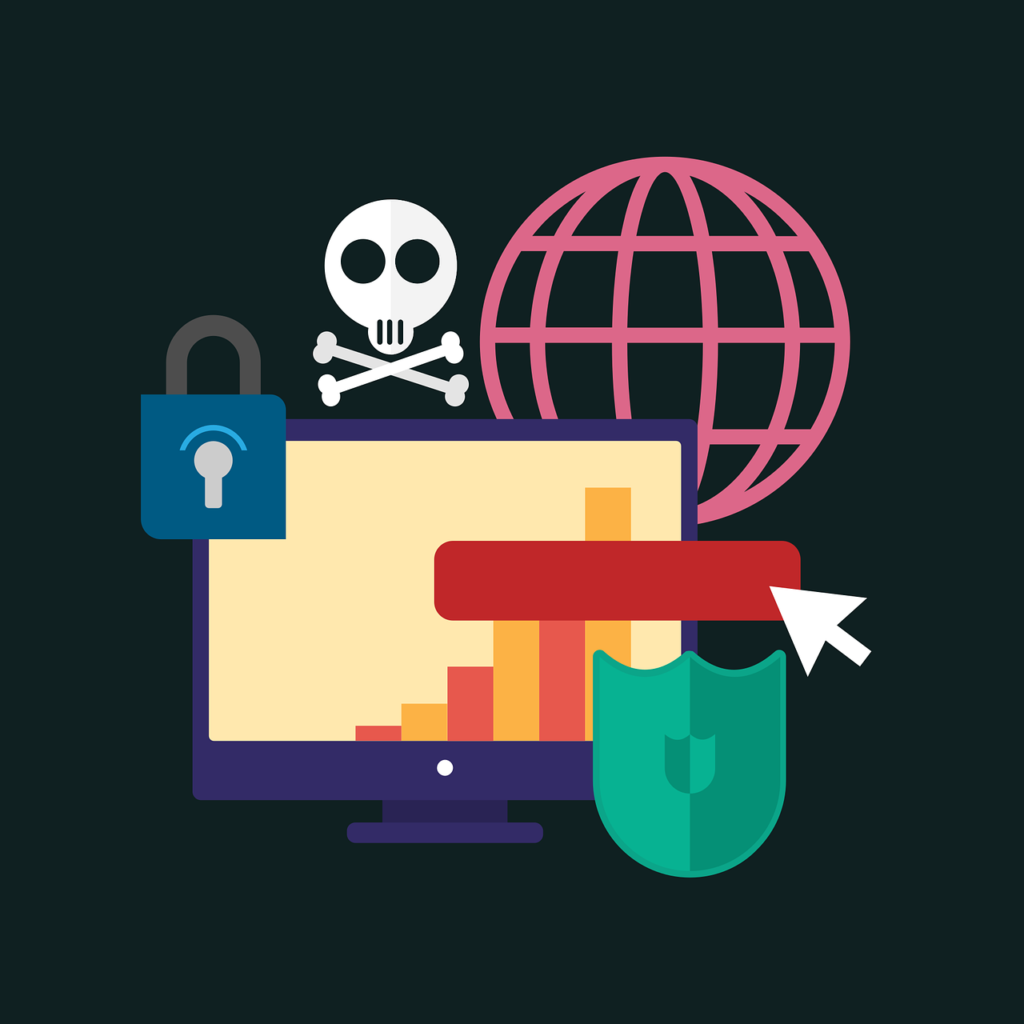As technology continues to advance, 3D studios have become more reliant on digital tools and data storage systems to create, manage, and distribute their work.
With this increased reliance on technology, the importance of cybersecurity in 3D studios has become critical.
The term “cybersecurity” describes the procedures and safeguards put in place to guard against theft, damage, illegal access, and other forms of cyberattack on computer systems and networks.
A 3D studio’s digital assets are valuable and sensitive, making them prime targets for cybercriminals.
Without adequate cybersecurity measures in place, a 3D studio’s intellectual property, such as render farm of RebusFarm, confidential client data, and financial information, are at risk of being compromised, stolen, or destroyed.
Cybersecurity breaches can have severe consequences for a 3D studio, including loss of reputation, legal liability, and financial losses.
We will discuss why cybersecurity ought to be a major focus for all 3D companies in this article.
3D studios may safeguard their digital assets and guarantee their customer’s and staff’s safety and security by putting into place strong cybersecurity processes and keeping abreast of the most recent cybersecurity threats and trends.
Understanding The Cybersecurity Threat Landscape
Cybersecurity refers to the measures and precautions taken to protect computer systems and networks against theft, damage, illegal access, and other types of cyberattacks.

As new technologies are developed, and attackers create new strategies, tactics, and processes, the threat landscape is continuously changing.
You might face these threats as malware, phishing, ransomware, social engineering, advanced persistent threats, denial of service attacks, and insider threats.
Individuals, criminal gangs, hacktivists, nation-states, or terrorist organizations can all make these threats.
The Rise Of Cyberattacks
Governments, organizations, and private citizens are all quite concerned about the increase in cyberattacks.
Cybercriminals are always developing new strategies to exploit software bugs and use social engineering to obtain personal data.
Cybersecurity Ventures predicts that by 2025, cybercrime will cost the global economy $10.5 trillion annually.
Even though more people are working from home and relying on digital tools for communication and collaboration, the COVID-19 epidemic has also contributed to an increase in cyberattacks.
As a result, attackers have more access points, including unsecured personal devices and household networks.
It is crucial that people and organizations take preventative action to safeguard themselves from cyberattacks.
This involves creating secure passwords, keeping software and security systems up to date, and keeping an eye out for shady emails and texts.
Consequences Of Cybersecurity breaches For 3D studios
Cybersecurity breaches for 3D studios may result in significant financial losses, harm to their reputations, and loss of intellectual property.
3D studios are enticing targets for cybercriminals because they frequently store sensitive data like customer information, design plans, and proprietary software.
Sensitive material may be stolen or made public due to a cyberattack, which may negatively affect the 3D studio’s reputation as well as legal and financial repercussions.
Customers may stop believing that the studio can protect their data, which could cost them commercial possibilities.
The studio’s intellectual property may also be used by rivals or sold on the illicit market, which would result in large financial losses.
As a result, it is essential that 3D studios put strong cybersecurity procedures in place to guard against cyberattacks.
This entails carrying out regular security audits, putting in place strict access controls, and educating staff on cybersecurity best practices.
Best Practices For Cybersecurity For 3D Studios
Due to the sensitive data they keep, including client information and proprietary software, 3D studios must be very vigilant about cybersecurity.
3D studios can use the following recommended practices to strengthen their cybersecurity posture:
Software Updates And Patches
The data security of the systems and software used by the 3D studio must be maintained through regular software upgrades and patches.
Security patches that close vulnerabilities that hackers can exploit are frequently included in updates.
In order to make sure that their systems are up to date with the most recent security precautions, 3D studios should put in place a regular plan for software upgrades and patches.
Render Farm Security
A group of computers that work together to create 3D animations and images is known as a render farm. Since that it manages and analyses sensitive data, the render farm’s security is crucial.

Significant processing power is needed for rendering, which can be costly to acquire and maintain.
Because of this, it is more affordable for 3D studios to leverage cloud-based rendering services or work with other studios, which may entail data exchange and access to the render farm.
In order to safeguard their data, 3D studios must guarantee that their render farms are secure and put in place the proper access controls and regulations.
3D companies might take the following steps to safeguard their render farm:
Use A Dedicated Server
Render farms should be isolated from the internet and other networks. A dedicated server ensures the render farm is not vulnerable to external attacks.
Implement Firewalls
Firewalls can help to block unauthorized access to the render farm. 3D studios should configure firewalls to restrict access to the render farm to authorized personnel only.
Implement VPNs
Virtual private networks (VPNs) can help to secure communications between the render farm and other networks. VPNs can assist in preventing attackers from intercepting important information by encrypting data.
Regularly Scan For Vulnerabilities
3D studios should conduct regular vulnerability scans to identify and address potential security risks. Vulnerability scans can help to identify weaknesses in the render farm’s security and enable the 3D studio to take appropriate action.
Policies And Access Controls
The risk of cyberattacks can be reduced with the aid of policies and access controls.
3D studios should enact stringent policies and processes, such as two-factor authentication and requirements for secure passwords, for accessing sensitive data and systems.
Only authorized individuals should have access to data and systems because of data security.
Staff Training
Maintaining robust cybersecurity measures requires employee training. The best practices for cybersecurity should be taught to staff members in 3D studios, including how to spot and respond to phishing attempts, generate and maintain strong passwords, and handle sensitive data with care.
Frequent training sessions can aid in reinforcing these procedures and keeping staff members up to date with the most recent risks and trends in cybersecurity.
Conclusion
The rendering process can be seriously delayed and disrupted by data breaches and cyberattacks, which can result in missed deadlines and unhappy clients.
In order to guarantee business continuity and uphold the studio’s reputation, cybersecurity is crucial.
In conclusion, cybersecurity is essential for 3D studios and their render farms to safeguard private information, avert monetary loss and damage to their reputation, guarantee business continuity, and keep customers happy.
When using RebusFarm as their render farm, 3D studios should follow best practices for cybersecurity, which include frequent software updates and patches, policies and access restrictions, staff training, and additional security measures like firewalls, VPNs, and regular vulnerability scans.